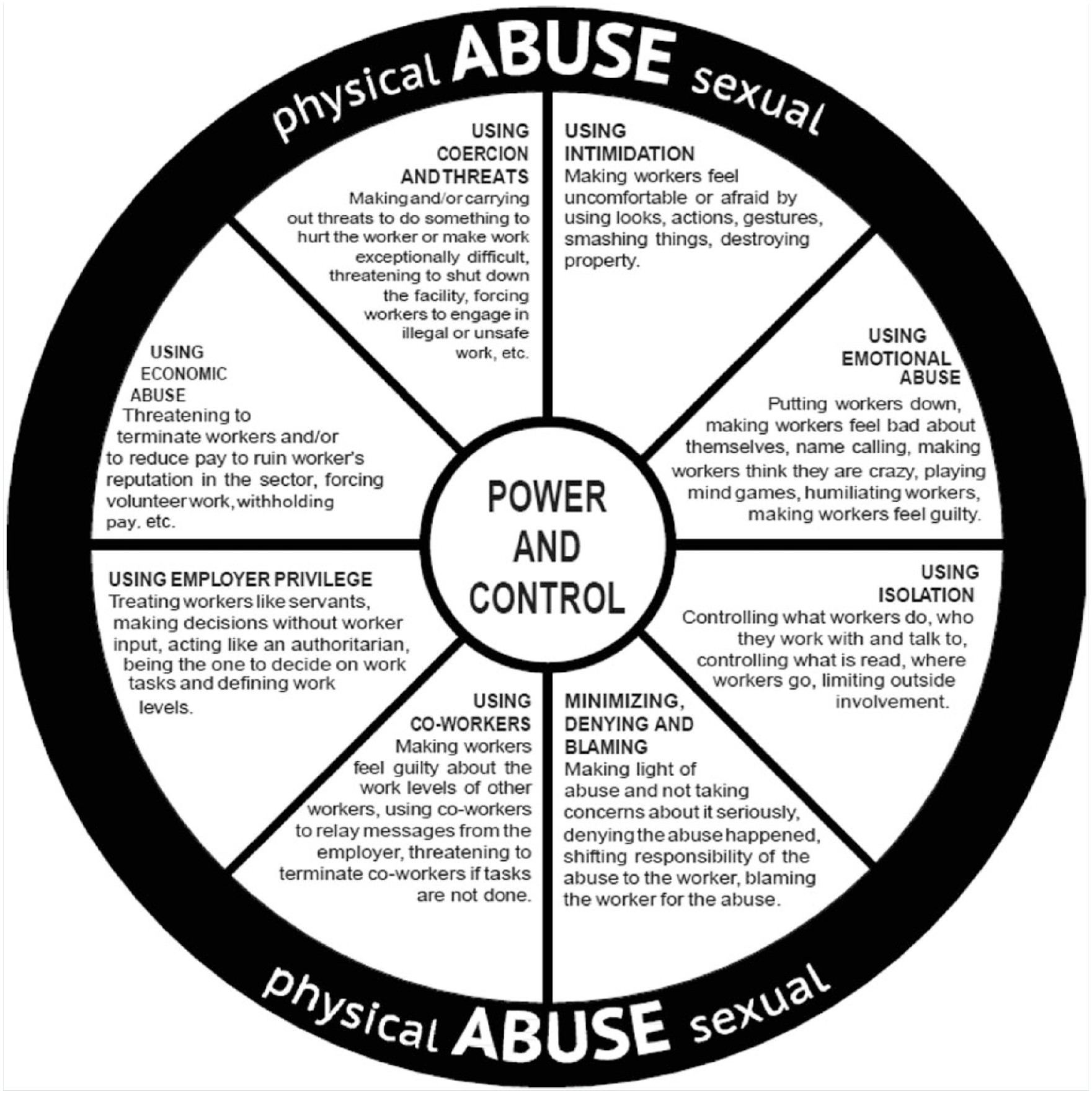
In Brief
In nearly three decades as a Licensed Professional Counselor (LPC), I've observed that fellow therapists often lack sufficient training on the complexities of intimate partner violence (IPV). This is particularly concerning for marriage and family therapists, as IPV can be difficult to detect in a couple's session. The core of ethical practice with this population is prioritizing safety in all assessment and planning.
My graduate ethics professor taught me to focus on the preamble of our ethical codes, which highlight foundational principles. This article applies that lesson, demonstrating how to use the ACA Code of Ethics to guide treatment for IPV victims, with principles that are largely consistent across professional codes.
The statistics on violence between intimate partners are staggering. According to the CDC, 41% of women and 26% of men in the U.S. will experience IPV in their lifetime, which includes physical and sexual violence, as well as stalking. Every minute, approximately 20 people in the U.S. are physically abused by an intimate partner. This is a pervasive issue that demands specialized understanding.
Intimate Partner Violence is a broad term encompassing a range of abuses, including emotional, physical, sexual, financial, and psychological, all of which are violations of a person's autonomy and well-being. At its core, IPV is a system of power and control used by the abuser. The Power and Control Wheel, developed by the Domestic Abuse Intervention Project (DAIP) in Duluth, MN, visually illustrates this dynamic. The inner circle represents the primary goal of power and control, while the spokes detail the methods used to achieve it, such as intimidation, emotional abuse, and isolation. Physical and sexual violence, depicted on the outer rim, are often enabled by these methods of control.

Foundational Ethical Principles
The ACA Code of Ethics provides a crucial framework for working with IPV survivors, grounded in four principles: Autonomy, Nonmaleficence (do no harm), Beneficence (do good), and Justice. Let’s discuss each principle in a bit more detail:
- Autonomy is a central principle for empowering IPV victims. Because the abuse is rooted in controlling the victim, their ability to make independent decisions is severely damaged. As a result, they may seek guidance from the therapist, asking to be told what to do. Ethical practice requires us to resist this impulse. Instead, we must help them regain their decision-making skills, using tools like CBT and DBT to challenge distorted thinking and rebuild a sense of agency. The most important part of honoring autonomy is to never tell a client to leave their partner, as this can increase their risk of lethality.
- The principles of Nonmaleficence and Beneficence are intertwined with autonomy. It is harmful to tell victims what to do, and it is beneficial to provide them the emotional space to explore options and reach their own conclusions. Both principles mandate that assessing for risk and developing a safety plan are essential components of treatment.
- Justice is a complex concept for IPV victims, as our legal system often falls short of their expectations for justice. It's normal for victims to desire it, but therapists must help reframe what "justice" means, often shifting the focus to the victim becoming independent and living their best life. Be patient, as this reframing takes time and is a necessary part of the healing process.
Assessing and Planning for Safety
Ethical treatment is inseparable from safety. I use the Danger Assessment by Jacquelyn Campbell, a validated tool for measuring a woman's risk of being killed by her partner. It includes a calendar to track the frequency and severity of violent incidents. . Once the assessment is complete, it serves as a powerful foundation for a conversation about the client's risk level and the development of a safety plan.
Safety planning must be highly individualized, accounting for three critical phases: while still living with the abuser, when preparing to leave, and immediately after leaving. The period around separation is statistically the most dangerous time for a victim. Practical safety measures to discuss include:
- While living with the abuser: Never discuss leaving with the abuser, as this can heighten the danger. Strategically park the car for a quick escape. Keep keys and a charged phone on your person. Move difficult conversations away from areas with potential weapons, like kitchens and bathrooms.
- During and after leaving: Keep victim’s new address confidential (some states have confidential address programs) and consider changing car locks and license plates. If protective orders are filed, therapist and client should discuss who needs copies (e.g., their employer, child’s school) and what steps to take if the orders are violated.
It's crucial to establish a secure method of communication with the client that the abuser cannot access. I recommend the victim using an email account or a burner phone unknown to the abuser. Therapists should also maintain up-to-date contact information and have a plan for a welfare check by local law enforcement if the client misses a session.
List of Resources
Therapists should maintain a list of local resources, including domestic violence shelters, Family Justice Centers, non-emergency law enforcement numbers, and food banks. Here are some valuable online resources to provide to clients:
- Safety planning: https://www.womenslaw.org/safety-planning
- Understanding legal options: https://www.womenslaw.org/laws
- Technology safety: https://www.techsafety.org/resources-survivors
Something important to note is that it’s vital to warn clients that information on these resources and their search history can be viewed by the abuser as a threat, potentially escalating danger. Advise clients to use a safe phone or computer (e.g., at work, a friend's house, or a library) and to store important documents with a trusted third party. Advise that they assume that they are being tracked and try to only go places for which they can have an accepted explanation.
Key Takeaway
The ethical treatment of IPV victims demands a deep understanding of the dynamics of abuse and our professional responsibilities. By upholding the principles of the Professional Code of Ethics and prioritizing safety through validated assessments and comprehensive planning, we can provide effective care. Ultimately, empowering clients to regain their autonomy and rebuild their lives is a profound act of compassionate and ethical practice.
How Blueprint can help streamline your workflow
Blueprint is a HIPAA-compliant AI Assistant built with therapists, for the way therapists work. Trusted by over 50,000 clinicians, Blueprint automates progress notes, drafts smart treatment plans, and surfaces actionable insights before, during, and after every client session. That means saving about 5-10 hours each week — so you have more time to focus on what matters most to you.
Try your first five sessions of Blueprint for free. No credit card required, with a 60-day money-back guarantee.























